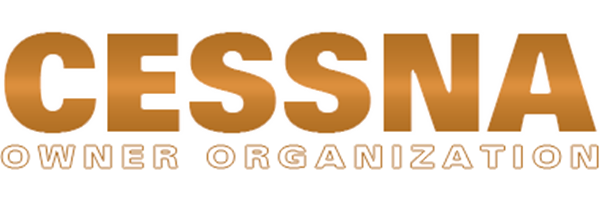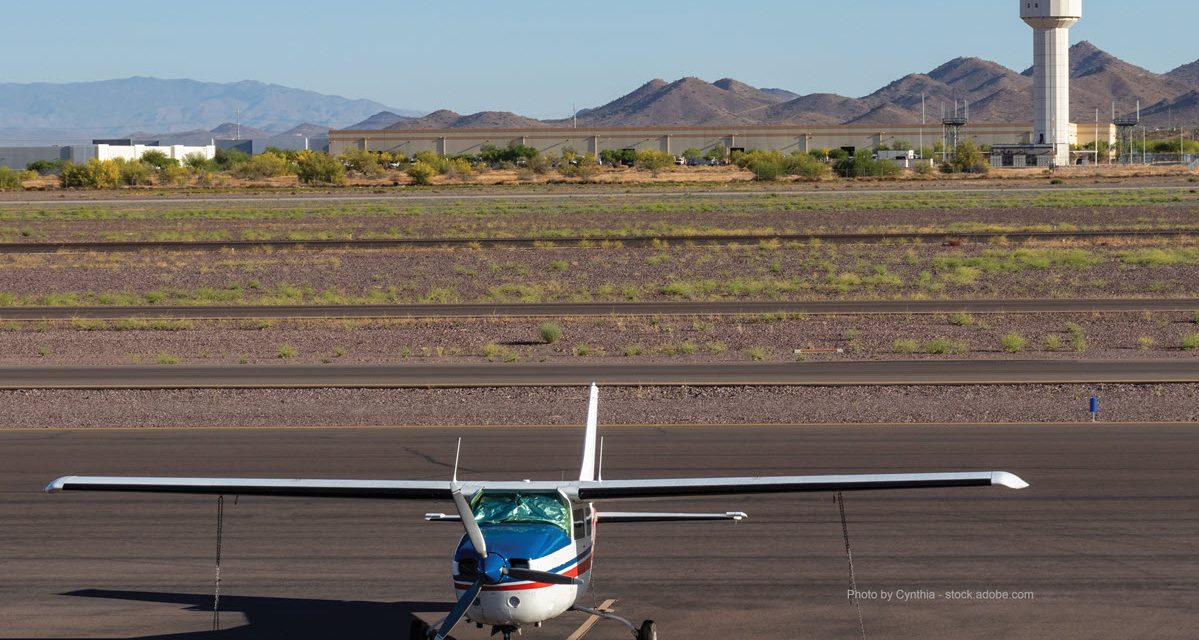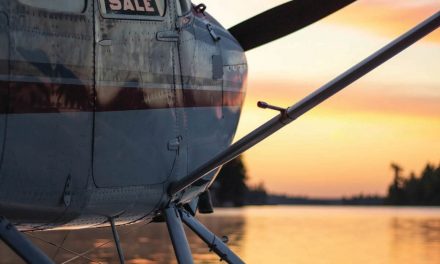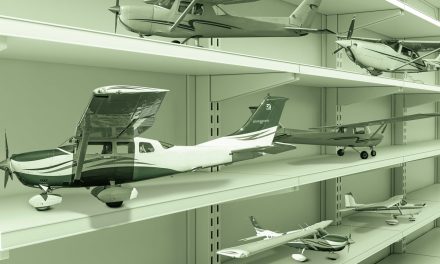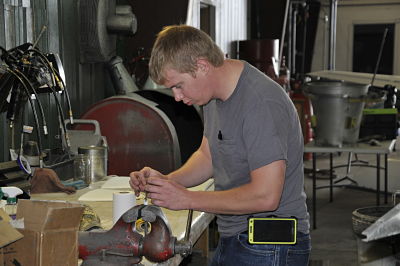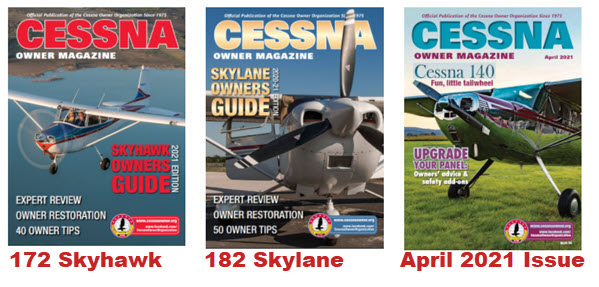I thought it would be easy to relate a few of the requests we have had lately. Not surprisingly, airports are increasing the insurance requirements of pilots who hangar their planes at their location.
But before we get into that, let’s do a little review. As I have said before, unlike auto insurance, there is not a nationwide requirement for minimum aviation insurance. Only 12 states require some sort of financial responsibility (bonds, cash, or insurance are a few of the ways to meet the requirements). On the last internet search I did, those states appear to be California, Connecticut, Hawaii, Indiana, Maryland, Massachusetts, Minnesota, North Dakota, Oregon, Rhode Island, Utah, and Virginia.
That means that unless you have a bank loan with insurance requirements or an airport with requirements, you might not need to buy any insurance. Of course, that also depends on your personal risk assessment. Remember, it’s always best to talk to legal and financial advisors before you decide whether to buy or not buy insurance.
Airports Have Insurance Needs
Most airports have some sort of insurance based on the ownership of the airport. It might be an insurance policy bought by the municipality or it is self-insured by the community. It can even be a combination. The reality is the airport requires protection from accidents and losses just like any homeowner would.
The number of airports that are requiring some sort of insurance coverage is increasing. Why? The local airport owner (city/county/municipality) is worried about being protected if someone (you the aircraft owner and hangar lessee/owner) were found liable for something.
The airport wants extra protection from your policy. The requirements used to be to just have the airport listed as an additional insured. Being listed as an additional insured, in very simple terms, says your policy will cover the airport owner as an insured on the policy. Pretty simple.
Naming an additional insured on the policy does “dilute” your coverage slightly because you are now protecting another party.
This requirement is usually not an extra cost to the policy as long as it’s a municipality, county, city, etc. Private airport owners might be a different story.
Additionally, more airports are asking for a “Waiver of Subrogation” or WOS. This waiver basically says that if there is a claim and the insurance company settles the claim, the insurance company “waives its right to subrogate”. Or in simpler terms, the insurance company won’t “go after the airport owner” for repayment. The idea is that the airport owner doesn’t want the insurance to come back to them and say you owe us money because it was your (the airport owner’s) fault this claim happened. Some companies charge for a “WOS” and some don’t. This WOS can cost $150 on up.
Insurance Conundrums
But lately the requests have been expanded to include requests for additional named insured, higher limits, and requirements for hull coverage.
In the case of one customer, the local airport has requested that he provide proof of liability insurance. He has not purchased insurance (although he has tried) and must make the decision to move the aircraft or sell the aircraft. In his case there is only one company that will provide coverage for the type of aircraft he owns, but they do not provide coverage in his state. This is important to note because, if there are requirements, or no one wants to insure the airplane, you probably shouldn’t buy or build the airplane. Many people have neglected to research the insurance aspect prior to the purchase and after they have spent their hard-earned airplane dollars, they are forced to purchase something they decided they didn’t want or can’t get.
In another recent request, the airport is privately owned, and the owners have requested that the insured list the two different companies that the airport owner “owns,” his personal name and his family members. In addition, the airport owner’s advisor has told him that he should request at least 2 million dollars in liability. In this case, the first part of listing all the different companies and names is hard enough. Most underwriters will list one maybe two additional, but four to five they balk at. After that was resolved, the next hurdle was a 2 million dollar liability limit. Most aviation underwriters will not offer those limits for a factory aircraft let alone a custom-built aircraft as in this case. The underwriter, after he got done laughing, informed me that the airport owner’s advisor really doesn’t know the aviation industry and that he doesn’t understand how the aviation insurance world works.
The underwriter refused the higher limits but agreed to the additional insureds. The customer had to go to the airport owner and tell him the sad truth that the two-million-dollar liability requirement was not possible, but he could get additional named insureds added. Apparently, this was not the only case. Others hangared at the same field had the same results and the requirements were lowered to a more reasonable limit. Sometimes the market drives what the requirements are.
We had another request from a customer that his local airport wanted him to buy hull coverage for his aircraft. He was not interested, but the airport stated that they would make it a requirement. They, as the owners of the hangars, did not want him to go after them for damage to his aircraft from the hangar.
Again, I think the airport (or the airport’s advisors) don’t understand the process. If the hangar were to collapse on the aircraft (and the aircraft owner had hull insurance) there would probably be coverage from the aircraft owner’s insurance company.
But, if the insurance company found that the airport was responsible and liable for the collapse (poor maintenance, bad construction, etc.) the insurance company would probably initiate a suit (against the airport) to recover the payments made to the insured. Remember the Waiver of Subrogation? The airport would be better off having a WOS.
These requirements have made the insurance companies start rethinking their premiums. Each time the insurance company adds or changes the policy they incur some cost. It would not be a surprise to see the rates increase to cover this cost or for companies to start charging the insured for the difference.
Final Thoughts
If you are shopping for an aircraft, make sure you locate the airport you are going to base it at and find out their requirements. Then if you need insurance (airport requirement, bank loan, or personal risk decision) contact an aircraft insurance broker and get an insurance quote that meets your requirements. If that’s not possible, consider changing airports or aircraft.
